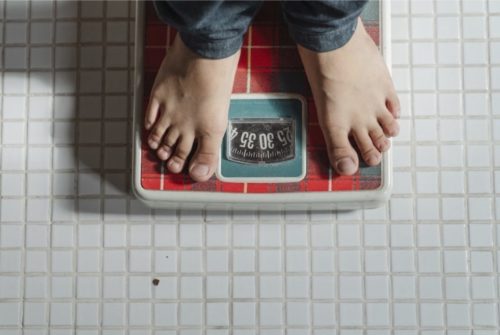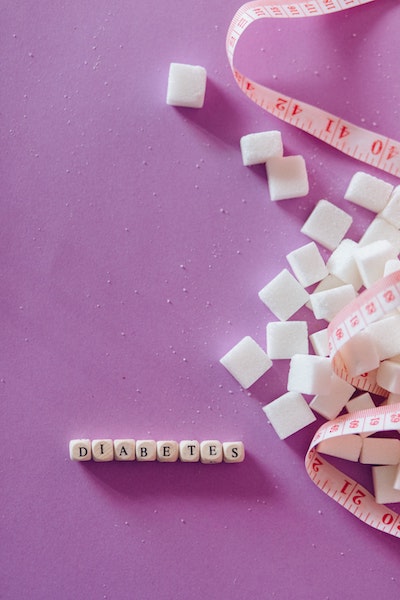Training for a Race or Walk
- No Comments

It's important to have a specific and measurable plan of action.
Whether you are preparing for a short walking race, a 5k, 10k, half-marathon or marathon, the importance of following a schedule and having a plan cannot be stressed enough. It is an important strategy that will keep you on track to achieving your goals.
One of the key tips for being successful during your race is to train using specific, measurable plans of actions. Very few individuals succeed in their goals when they blindly go through runs and workouts. If you’re looking to perform your best on a race day, it’s critical that the last four to six weeks of your training plan include mostly race-specific workouts along with high quality, nutrient dense foods found with the betr lifestyle.
What Does Race-Specific Training Mean?
Training is all about adaptation. Over time, your body adapts to demands you place on it by becoming more strong and efficient. Therefore, the closer you perform exercise that mimics the exact demands you’re training for, the better you’ll become at that specific exercise. For example, running more mileage is generally going to make you a better runner compared to a session of swimming. However, while all types of running will generally help you improve as a runner, race-specific training will produce better results at a particular distance.
As the name implies, race-specific training means training for the demands of your race distance. Particularly, the last 4-6 weeks of training should be focused on race-specific training. This means walking or running at or near the pace you aim to achieve during race day; as well as a similar distance (without over-training and causing fatigue prior to race day). In order to avoid fatigue, it’s important to build up intensity, distance and speed slowly over time.
For example, if you are new to running and are aiming to complete a 5k; assess your current level of fitness and go from there. It’s smart to do the first week of training with simply a combination of walks and strength training. The second week, add in some intervals of light jogging. Then, keep building those jogs into runs over the next few weeks incrementally. If fatigue occurs, it’s important to not build up the intensity, and instead give your body some time to adapt to the workout level.
Some runners may have more experience and prior training; therefore when training for a race, they may respond more quickly to workouts and not require lengthy training as early on, because they will “get in shape” quicker.
Targeting your training to one specific goal, such as a specific time, is crucial if you want to perform your best on race day, as well as making sure you have a plan for eating.
Betr Eating for the Race
Here are some sample boosters to maximize your race day performance:
Night before race: add some sweet potato or avocado
Morning of race: enjoy some eggs and quinoa plus extra water
During the race: If you can carry a pack, then bring some precut fruit and raw unsalted almonds to maintain energy and drink plenty of water
After the race: Adding natural electrolytes (such as coconut water) can improve dehydration recovery
And of course, hydration is key for performance! Drinking plenty of water before, during and after the race will allow your body to perform at it’s peak. Research has shown that water is best to beat dehydration so no need for expensive “magic” concoctions.
Be sure to look online for some running plans or apps. Many are modifiable, allowing you to adapt the race times/ amounts / days to your particular schedule and fitness level. Challenge yourself and set a race goal…and get a family member or friend to join you on the journey! Setting race goals can help you stay consistent, accountable and excited about exercise for betr health!




